Hairpin legs have become increasingly popular in modern furniture design due to their sleek and minimalist aesthetic. These metal legs, characterized by their distinctive thin, curved shape resembling a hairpin, are commonly used to support tables, chairs, and other furniture pieces. While hairpin legs offer a stylish and functional design, ensuring table stability can sometimes be a challenge. In this article, we will walk through how to stabilize a table with hairpin legs.
Common Issues With Table Stability
Tables supported by hairpin legs may experience stability issues, especially when subjected to uneven weight distribution, movement, or external forces. Some common problems include wobbling, tilting, or an overall lack of stability, which can make the table uncomfortable to use and potentially lead to accidents or damage.
Importance Of Stabilizing A Table With Hairpin Legs
Stabilizing a table with hairpin legs is crucial for several reasons. Firstly, it ensures the safety and usability of the table, preventing accidents or damage caused by an unstable surface. Additionally, a stable table enhances the overall aesthetics of the room, as a wobbly or unsteady table can detract from the visual appeal of the furniture arrangement.
Assessing The Stability Of A Table with Hairpin Legs
Before addressing stability issues, it’s important to assess the current condition of the table. Begin by examining the legs, joints, and connections for any signs of damage or weakness. Check for loose screws, bolts, or any structural issues that may compromise stability.
Identifying The Problem Areas
Identifying the specific problem areas is essential for effective stabilization. Determine whether the instability originates from the legs, tabletop, or both. This analysis will help in choosing the appropriate methods to address the stability concerns.
Choosing The Right Method For Stabilization
Several methods can be employed to stabilize a table with hairpin legs. The choice of method depends on the specific issues identified during the assessment. It’s crucial to select the most suitable technique that will effectively address the instability while considering the design and structure of the table.
Adding Braces Or Brackets To Reinforce The Legs
One effective method of stabilizing a table with hairpin legs is to add braces or brackets to reinforce the legs. These additional supports can be attached to the underside of the tabletop, connecting it to the legs and providing extra stability and rigidity.
Using Additional Support with Crossbars Or Stretchers
Crossbars or stretchers are horizontal supports that can be added between the legs of a table. By connecting the legs, they distribute the weight evenly and minimize wobbling or tilting. Installing crossbars or stretchers is an effective way to enhance the stability of a table with hairpin legs.
Adjusting The Table’s Leveling Feet
Some hairpin leg tables come with leveling feet, adjustable components attached to the legs that allow for fine-tuning and balancing on uneven surfaces. By adjusting the leveling feet, you can ensure that the table remains stable even on slightly uneven floors.
Reinforcing The Tabletop For Added Stability
If the instability stems from the tabletop itself, reinforcing its structure can help improve stability. Adding support brackets or strengthening the framework beneath the tabletop can help distribute weight more evenly, reducing the risk of wobbling or sagging.
Ensuring Proper Installation Of Hairpin Legs
Proper installation of hairpin legs is crucial for table stability. Ensure that the legs are securely attached to the tabletop using the recommended screws or bolts. Double-check the alignment and tighten all fasteners to minimize the chances of instability.
Balancing Weight Distribution For Stability
Uneven weight distribution can contribute to a table’s instability. Make sure that heavy items are distributed evenly across the tabletop to maintain balance. Avoid placing excessive weight on one side or corner of the table, as this can lead to tilting or wobbling.
Securing The Table To The Floor Or Wall
For added stability, consider securing the table to the floor or wall. This is particularly useful for larger tables or in environments where movement or accidental tipping is a concern. Utilize brackets, anchors, or other fastening methods to ensure a secure attachment.
Regular Maintenance and Inspections
To preserve the stability of a table with hairpin legs, regular maintenance and inspections are essential. Periodically check for loose screws, bolts, or any signs of wear and tear. Tighten any fasteners as needed and address any stability issues promptly.
Conclusion: Enjoying a Stable and Sturdy Table with Hairpin Legs
By following the appropriate methods for stabilizing a table with hairpin legs, you can ensure that your furniture piece is stable, sturdy, and safe to use. Taking the time to assess the stability, identify problem areas, and employ the right techniques will result in an enjoyable and secure table that enhances both the functionality and aesthetics of your living space.
FAQs (How To Stabilize A Table With Hairpin Legs?)
- How do I know if my table with hairpin legs is unstable?
Signs of table instability include wobbling, tilting, or a noticeable lack of balance. If your table shakes or feels unsteady when pressure is applied or if it wobbles when you touch it, it is likely unstable and requires stabilization.
- Can I stabilize a wobbly table without adding additional supports?
In some cases, adjusting the leveling feet or ensuring proper installation of the hairpin legs can resolve minor instability issues. However, if the wobbling persists or the table is significantly unstable, it is advisable to use additional support methods, such as braces, crossbars, or securing it to the floor or wall.
- What materials should I use for reinforcing the tabletop?
Reinforcing materials for tabletop stability depend on the construction and materials of your table. Common options include wood braces, metal brackets, or even adhesive reinforcements like corner brackets or L-brackets. Choose materials that are compatible with your table’s design and ensure they provide sufficient support.
- Are there any weight limitations for tables with hairpin legs?
Hairpin legs come in various sizes and thicknesses, each with its own weight-bearing capacity. It is important to check the specifications provided by the manufacturer or supplier for the weight limitations of the specific hairpin legs you are using. Exceeding the recommended weight limit can compromise stability and potentially damage the legs.
- Should I hire a professional to stabilize my table?
If you are unsure about how to stabilize your table with hairpin legs or if you have a complex stability issue, it is recommended to consult a professional. They can assess the situation and provide expert advice or assistance in securing your table properly.
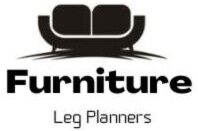
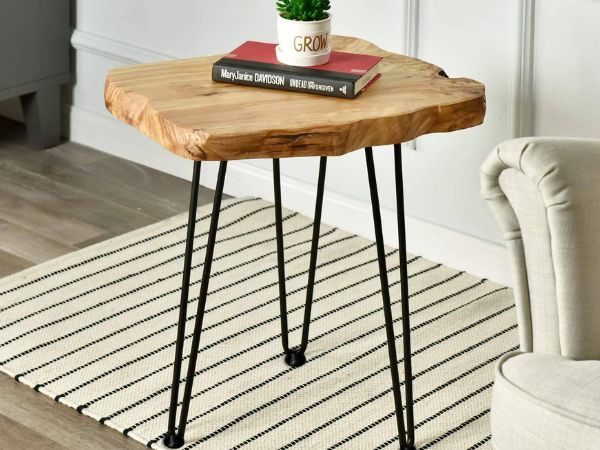
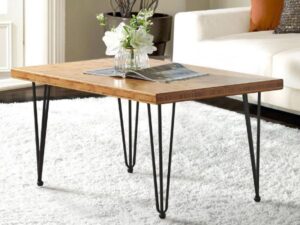
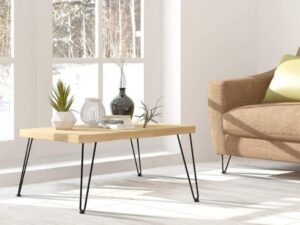
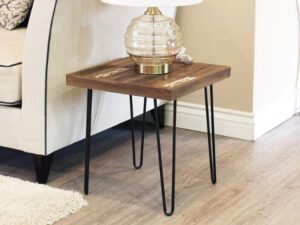

5 thoughts on “How To Stabilize A Table With Hairpin Legs? Full Guide 2023”